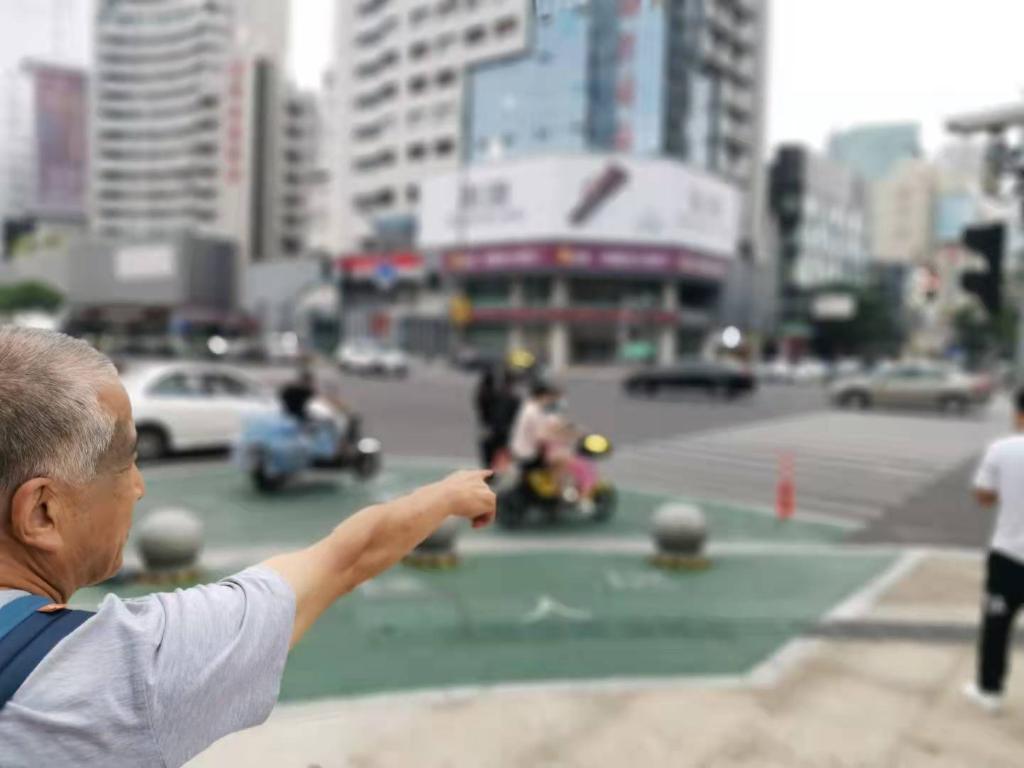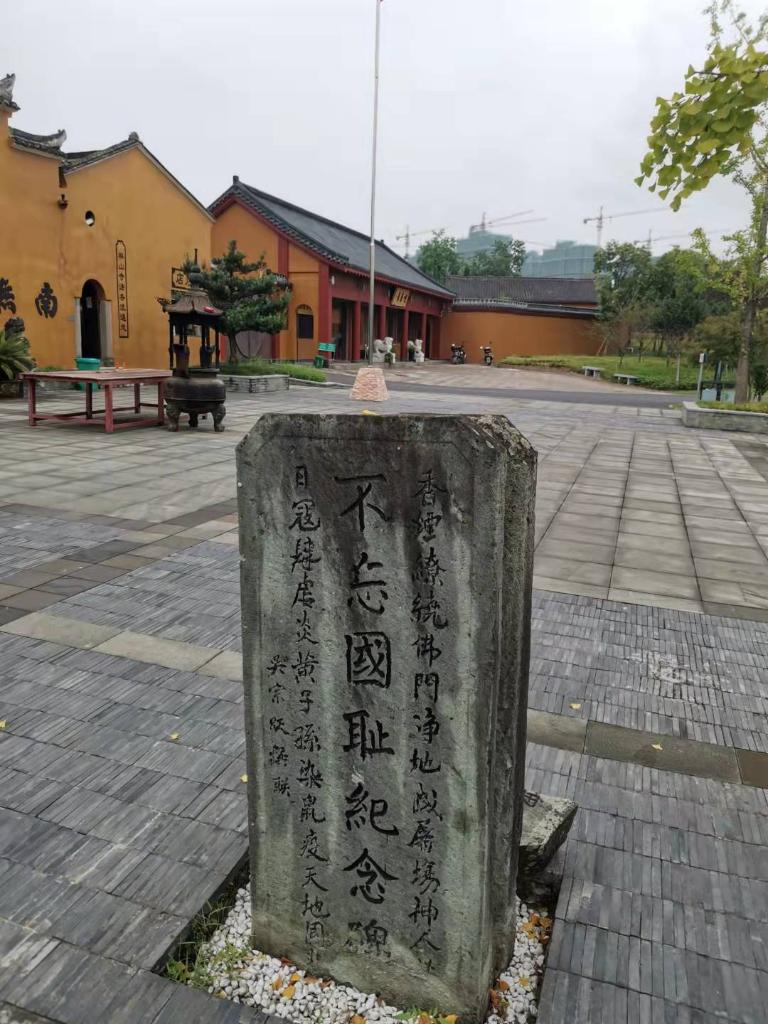During the Anti-Japanese War, Japanese germ warfare poisoned Jiangnan.
During the Anti-Japanese War, Japanese germ warfare poisoned Jiangnan.
Xinhua News Agency reporters Feng Yuan, Xu Shunda, Gu Xiaoli and Hua Hongli
When it comes to the 731st unit of the Japanese invaders (referred to as the 731st unit), people will think of the evil deeds committed by this "demon unit" in the northeast of China.
During the period of War of Resistance against Japanese Aggression, Unit 731 and its associates also committed countless crimes in Zhejiang and other places.
unexpected calamity
Hu Xianzhong, a citizen of Ningbo, is 89 years old. He still can’t forget the scene of his family’s tragic death in unexpected trouble 81 years ago. In November 1940, his sister, brother, father and mother died of plague in 10 days.
The culprit is the Japanese bacterial weapon. The book "Special Study of Japanese Bacteriological Warfare in Zhejiang" published in 2015 by committee of cpc zhejiang provincial committee Party History Research Office records that on the afternoon of October 27th, 1940, a Japanese plane dropped wheat and millet over Kaiming Street.
"It rained that day, and all the wheat and millet that had fallen on the roof rushed into the water tank where the people received the rain." Hu xianzhong said.
A few days later, the owner of the soybean milk shop next door to Hu’s family died of illness, and Hu Xianzhong’s sister also had a fever. "At first, her parents thought that she was a cold fever (malaria), and the hospital also treated her as malaria. As a result, on the third day, she was swollen with perm, red skin and swollen lymph nodes, and she didn’t make it that night. Then the younger brother, father and mother … "
According to incomplete statistics, there are 135 local people who died of this epidemic, only with names. In order to prevent the spread of the epidemic, all the houses in Kaiming Street epidemic area were burned down.

On September 7th, Qiu Weizhong, the family member of the victims of Japanese germ warfare, pointed out the former site of Hu Xianzhong’s home in Kaiming Street (zebra crossing location) for the reporter. Xinhua News Agency reporter Feng Yuanshe
There is a two-story wooden building at No.5 Luohanjing in Quzhou City. Its former hostess, Huang Liao, was the first local plague patient killed after the Japanese army launched a germ war. Today, it is the Quzhou Exhibition Hall for the Bacteriological Warfare of the Japanese Invaders, and has been listed in the first batch of national-level memorial facilities and sites for the Anti-Japanese War. A stone pillar stands in the courtyard, engraved with the big black letter "1940".
"My uncle and aunt also died in the Japanese germ war in 1940." Curator Wu Jianping pointed to a wall with the names of the victims outside the exhibition hall and told reporters.
crime
"In 1940, 1942 and 1944, the Japanese army carried out large-scale germ warfare in Zhejiang. For example, when the Japanese army launched the Zhejiang-Jiangxi campaign in May 1942, it used to cast bacterial weapons. " Bao Xiaofeng, a second-level inspector and researcher at the committee of cpc zhejiang provincial committee Party History and Literature Research Office, said.
Bao Xiaofeng told reporters that in addition to these three large-scale attacks, from 1939 to 1945, the Japanese army carried out bacterial attacks in Zhejiang many times, releasing plague, cholera, paratyphoid fever, dysentery, diphtheria, anthrax and other germs. During the period of War of Resistance against Japanese Aggression, Zhejiang was one of the areas that suffered the most from germ warfare in China. The Japanese germ warfare directly caused about 60,000 deaths. The implementers are mainly the 731 troops and the "Rong" 1644 troops.
In Chongshan Village, Choujiang Street, Yiwu City, there was a terrible evil deed in Linshan Temple near the village. In November, 1942, Japanese germ warfare troops tricked plague patients into Linshan Temple for human experiments under the guise of treating diseases.

This is a monument erected at the gate of Linshan Temple, which was photographed on September 8th. Xinhua News Agency reporter Feng Yuanshe
Wang Jianzheng, a villager in Chongshan Village, told reporters that his great-grandmother and uncle both died in that disaster. "Wang Julian, the midwife who delivered my baby, was also caught in the temple and later escaped from the pit of the cesspit. She told my mother that my uncle died in the temple. "

On September 8, Wang Jianzheng, a villager from Chongshan Village, Choujiang Street, Yiwu City, pointed to the name of Wang Fang (Uncle Wang Jianzheng), a plague victim on the wall. Xinhua News Agency reporter Feng Yuanshe
According to a thorough investigation by Zhejiang Provincial Archives Bureau, there are 79 volumes and about 7,000 pages of files in the archives of Zhejiang Provincial Archives, including the details of the Japanese army’s use of aircraft and sending people to spread poisons on the spot, the investigation of the Japanese army’s germ warfare by the official institutions at that time, the monthly registration forms of epidemic diseases in various places and the countermeasures in various places, forming a complete and powerful evidence chain.
always remember
Ningbo, Yiwu and Quzhou have all built memorial facilities to expose the crimes of germ warfare committed by Japanese invaders and to remember the victims. In the exhibition hall of plague disaster in Kaiming Street, Qiu Weizhong, a family member of the victims who has collected historical materials for many years, brought a batch of copies of old newspapers: "From the historical materials collected so far, apart from Kaiming Street, Ningbo has been attacked by Japanese bacterial weapons in many places."
The exhibition hall (Yiwu) of the Historical Facts of Bacteriological Warfare of Japanese Invaders near Linshan Temple is open to the public this year. As the legal representative of the Association of Survivors of Bacteriological War Victims of Japanese Invaders in Yiwu, Wang Jianzheng often goes to the museum to have a look. He said that he hoped that more people would understand this historical fact.
In addition to serving as the curator of Quzhou Exhibition Hall for Bacteriological Warfare of Japanese Invaders, Wu Jianping also has a job, which is to provide voluntary service for the old people who suffered from "foot rot" during the Anti-Japanese War. At that time, many people suffered from a "rotten foot disease" wherever the Japanese army went.
In Xiakou Village, Xiachuan Town, Qujiang District, Quzhou City, Wu Fagui, an 83-year-old farmer, began to fester on his left calf and left foot from the age of four or five. "There is a Yao family ancestral temple in our village. At that time, China troops were stationed in the ancestral temple, and Japanese planes came to bomb it. Listening to the old people, everyone fled to the mountain and saw a bomb explode in the pond. " Wu Xiaorong, the son of Wu Fagui, pointed to a pond at the door and told the reporter, "My father was stabbed in the grass by the pond when he was a child, and then his feet began to rot."
In 2015, Wang Xuan, a part-time researcher at the Tokyo Judicial Research Center of Shanghai Jiaotong University, launched a public fundraising activity of "Rescue for Patients with Rotten Foot by Bacteriological Warfare" on the Internet through the China Foundation for Poverty Alleviation and the Shanghai Wang Zhengguo Trauma Medicine Development Foundation, and raised medical funds for patients with Rotten Foot for surgical treatment.
"Our surgical treatment was officially launched on September 18, 2015." Ye Chunjiang, deputy director of the Wound Repair Department of Quhua Hospital in Zhejiang Province, recalled that they had treated 87 patients in Quzhou and other places, and all of them were operated except for 7 who could not go to the operating table due to physical reasons. "I am very pleased to see that the wounds that have been repeatedly ulcerated on the legs of the old people are slowly healing."
Wu Fagui was the first old man to undergo surgery. Now, except for the occasional ulceration on his left foot, the "rotten foot disease" has basically recovered, and he often walks around the village with crutches. Wu Xiaorong said happily: "Dad has suffered for decades, and now he is finally comfortable."
(Xinhua News Agency, Hangzhou, September 18th)